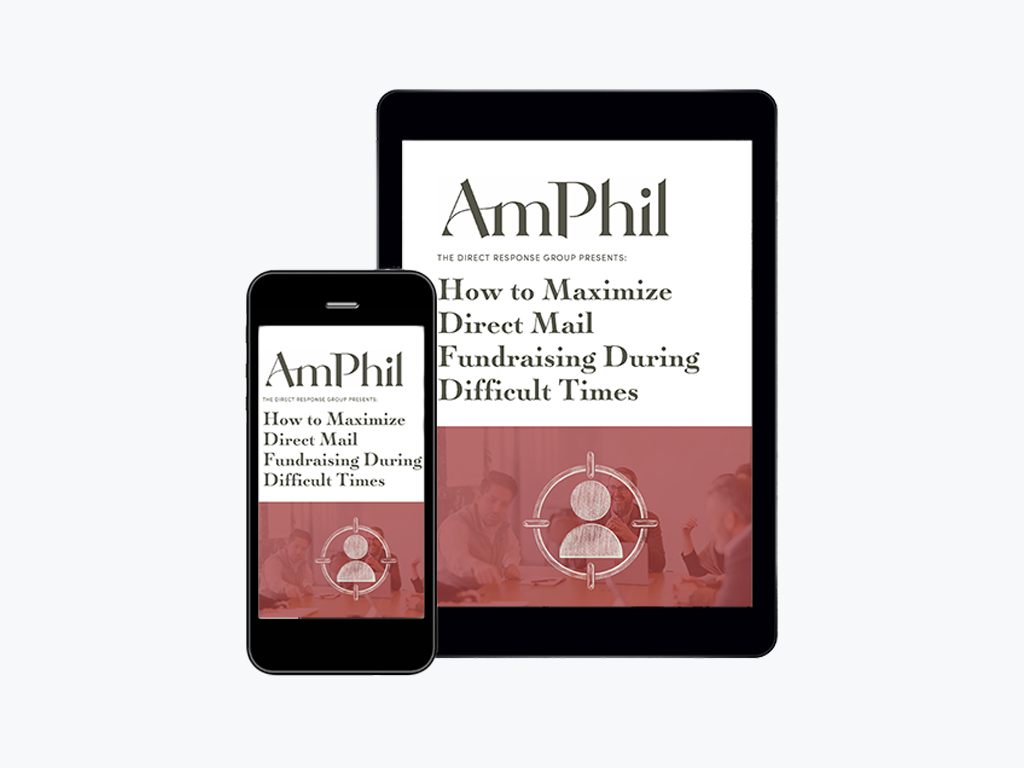
Most nonprofits are investing increased amounts of time, energy, and money into social media networking . . . but to what end? While raising awareness of your mission is a good thing, unless your nonprofit is focused on issue education and awareness, it doesn’t necessarily help you fulfill your ultimate goals.
Development directors, board members, and other nonprofit leaders often wonder how to turn social media support into fundraising revenue for their organizations. Many nonprofits have tried, with varying degrees of success, to raise money through social networks. For the vast majority of them, social media lags way behind other fundraising methods in terms of dollars raised per hour spent on development.
While social media can provide a boost to your fundraising efforts by supporting and complementing your other activities, raising money through direct asks on social media is not something that most nonprofits can rely on for significant revenue. There is, however, a proven strategy for turning a portion of your social media followers into offline donors, if you are willing to think outside of the box.
Step One: Providing Real Value On Social Media
Of course, the first thing you will need to do if you want to be able to raise money from your social media followers is to provide real value on social media. This means being active on each site where you have a presence, and showing your followers how compelling and important your work is.
Be sure to make your presence on social media a two-way conversation. Ask people for their opinions . . . take polls and surveys . . . hold contests . . . and give “inside information” that makes people feel like a part of your mission. Your activity on social media should build trust—because the next step is to ask followers to trust you with their email addresses.
Step Two: Moving from Social to Email
This is where the “outside the box” thinking comes in. If you want to turn your social media followers into donors, you need to move the conversation off of the social networks. Social media can be a great cultivation tool, but for the time being, it is not a great solicitation tool.
Thus, you’ll want to convert your social media relationships into e-mail relationships. You will need to ask your social media followers to sign-up for your nonprofit’s email newsletter. You can do this by regularly posting links on your social networks asking people to sign-up for your newsletter, and by giving them compelling reasons to do so. These reasons can be as varied as exclusive articles and pictures of your work, invitations to events, the chance to build a deeper relationship with your organization, to better support your initiatives, and so on.
Some nonprofits find value in running paid advertising to make sure that their email sign-up link is front and center for their followers on social networks, but most nonprofits simply post updates on a regular basis asking people to sign-up for the e-mail newsletter, and giving them a link to do so.
Step Three: Providing Value via Email
Once your social followers sign up for your email newsletter, you’ll need to continue building the relationship by providing real value through email. Your goal is to make sure that your email subscribers look forward to receiving your newsletters. You can do this by including interesting stories of your work and profiles of your clients, donors, board members, and staff . . . as well as features on your events and thought leadership about your mission field.
Make sure that you send out your email newsletters on a regular basis—otherwise, people will forget that they signed up, or become disinterested in your work. Most nonprofits should be sending out an email newsletter at least monthly.
Step Four: Emailing Fundraising Solicitations
Now we come to the pay-off. While social media isn’t a great way to solicit donations, e-mail is . . . at least when it comes to quick, cheap, mass-communicated asks.
When it comes to online fundraising, no ask medium is as effective as email. This is why moving people from social communications to email is so important, then using emails to build relationships.
Your nonprofit should be sending several email fundraising solicitations to its list each year. These email requests should be similar to offline direct mail appeals, and be focused solely on fundraising: these aren’t cultivation emails. They are ask emails.
The only real difference between direct mail appeals and email solicitations is the length . . . email appeals should be much shorter than offline appeal letters—in most cases, no longer than 300-400 words. Be sure that your email solicitations include a true request (“Would you be able to make a gift of $25, $50, or $100 today to support our work?”), and that they include links that people can click to make an immediate donation to your organization.
Email solicitations work best when they are sent in “flights” of 2–3 emails. The first is a full (300–400 word) appeal email. The second (and third and fourth, if you do three or more) emails are shorter (100–150 word) reminder emails, reading along the lines of “I’m checking in to make sure you received my email earlier this week.” Use these emails to summarize the first email and repeat the donation request (again, include links and buttons to donate). In our experience, sending these follow-up emails can boost your solicitation revenue by 10–25%.
Remember to send out email appeals on a regular basis to your newsletter list. Many nonprofits find that sending a monthly email newsletter, along with two flights of email appeals per year, results in stronger online revenue for the organization.
Wondering how to boost your presence on social media? Check out our series on how to succeed on Facebook, Instagram, and YouTube!


